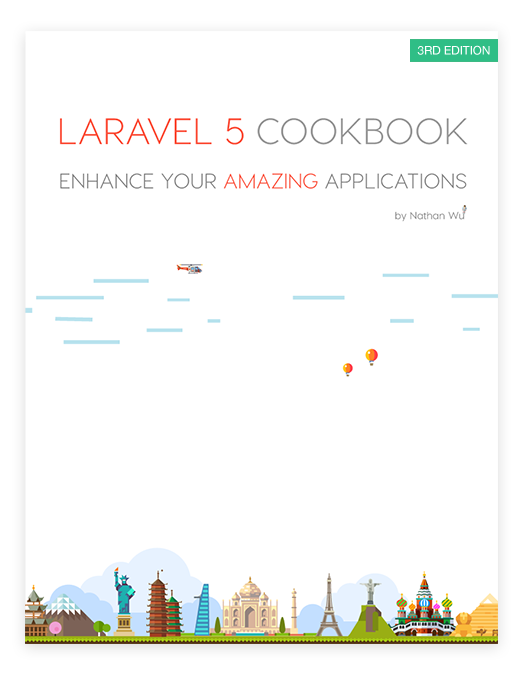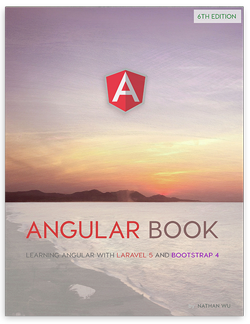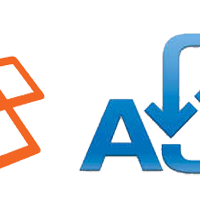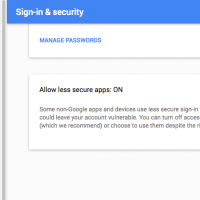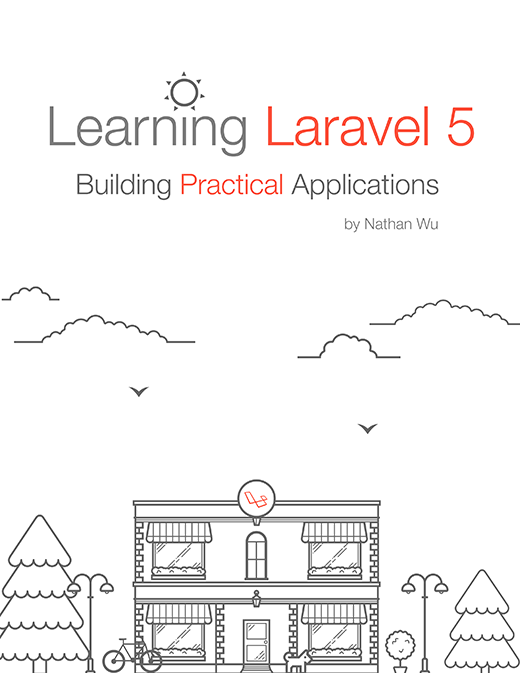Using dhtmlxGantt with Laravel Framework [Tutorial]
Our developers always try to provide you with the possibility to use our components in different ways. In this article, we’ll talk about dhtmlxGantt. We’ll learn how to use this component with the Laravel framework. Laravel is a free, open-source PHP web application framework. Laravel was created for the development of web applications following the model–view–controller (MVC) architectural pattern.
![laravel+gantt-img][1]
It will be a step-by-step guide intended both for developers who have already been familiar with Laravel and those of you who only starts working with it.
Installing Laravel
We’ll use Composer to install Laravel. It’s a dependency manager for PHP that allows you add required packages to your projects in a fast and easy way. Usually, you can find it in your Linux repository. In another case, you can download installation files from its home page.
To learn how you can install Laravel, you can follow this installation guide. Here’s one of the available opportunities. First of all, we need to create a folder for our project and download the Laravel packages. Run in your terminal:
composer create-project laravel/laravel --prefer-dist dhtmlxGanttThis code will create the dhtmlxGantt folder and load the Laravel files along with its dependencies into it.
Now we need to add dhtmlxConnector to our project. It’s a helper server-side library that enables access to external data sources and backend systems. To do so, enter the working directory and add the required package using Composer:
cd dhtmlxGantt
composer require dhtmlx/connector-phpOne more thing before getting started. Download the dhtmlxGantt package and unpack its content within the public/dhtmlxGantt directory.
That’s it. Preparations are finished, and we can continue creating the Gantt chart.
Create a Data Source
As an example, let’s use a p
Link:




